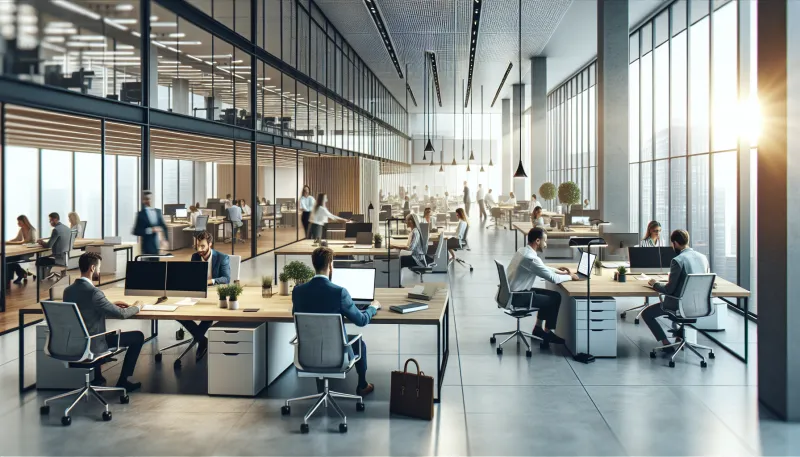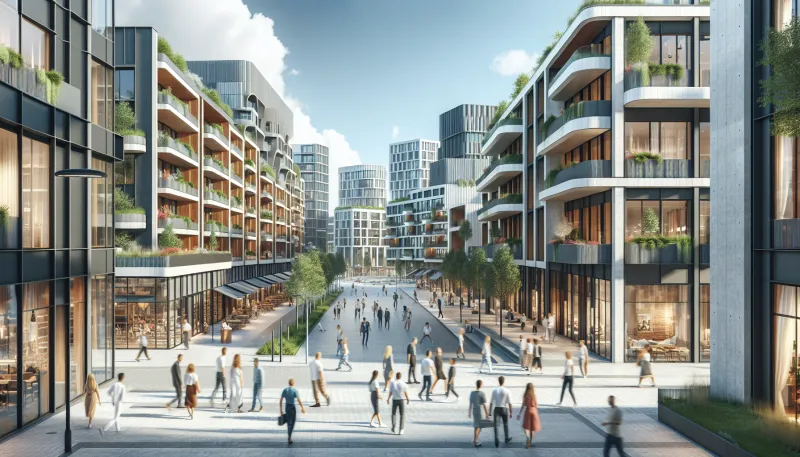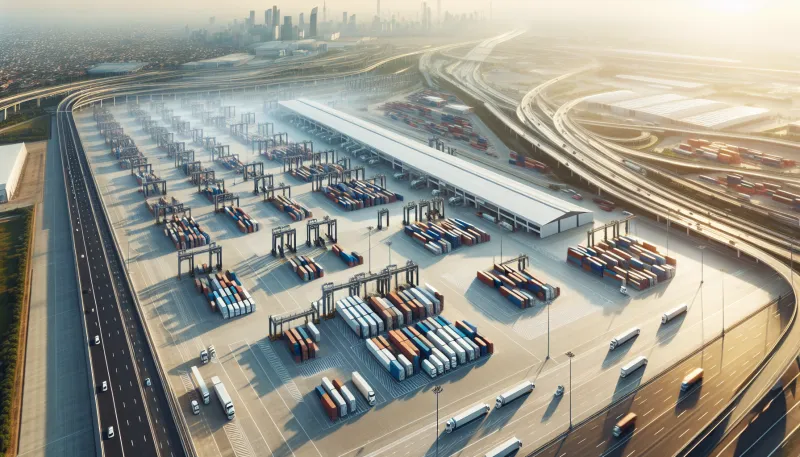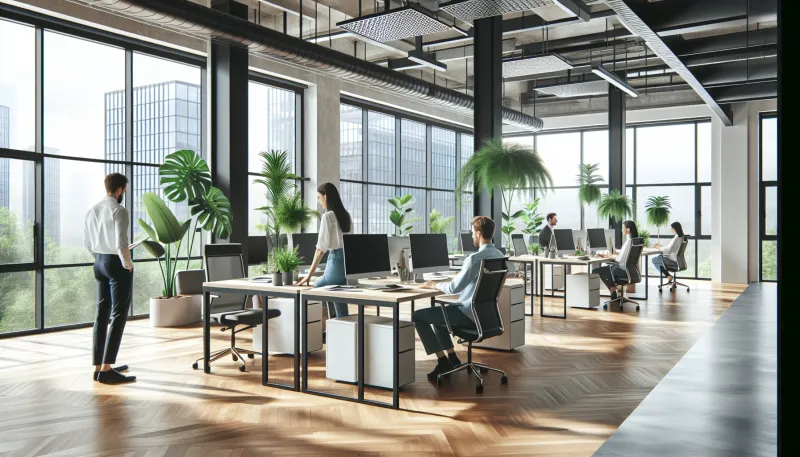
How Hybrid Work Is Reshaping Office Real Estate
The shift towards hybrid work models has revolutionized the way businesses utilize office spaces. This new approach, combining remote and in-office work, is significantly influencing office real estate markets, design trends, and the future of workplace strategy. Companies are reconsidering their traditional office footprints to optimize for flexibility, employee wellbeing, and cost-efficiency.
- Changing demand for office space
- Rise of flexible office environments
- Impact on commercial real estate values
- Increased emphasis on technology integration
- Shift towards location diversification
- Focus on employee wellbeing and experience
- Environmental sustainability considerations
- Challenges for landlords and property managers
- The future of office real estate in a hybrid world
Changing demand for office space
Hybrid work reduces the need for permanent desks, leading many companies to downsize or redesign their office requirements. Demand is shifting from large offices filled with individual workstations to versatile spaces that support collaboration and occasional presence.
Rise of flexible office environments
Offices are increasingly adopting flexible layouts that include hot-desking, modular furniture, and multi-purpose areas. These setups accommodate employees who come in on different days, fostering a dynamic work atmosphere that supports the hybrid model.
Impact on commercial real estate values
With fluctuating tenant needs, commercial real estate values are experiencing volatility. Landlords must adapt by offering spaces tailored to hybrid work, which can preserve or enhance property values despite reduced traditional leasing demands.
Increased emphasis on technology integration
Successful hybrid offices require robust technological infrastructure, such as video conferencing tools, smart booking systems, and IoT devices. This technological integration has become a critical factor in office design and leasing decisions.
Shift towards location diversification
Businesses are exploring multiple smaller office locations instead of one large central hub. This decentralization enables employees to work closer to home on in-office days and eases commuting burdens, influencing urban real estate patterns.
Focus on employee wellbeing and experience
Hybrid offices prioritize spaces designed to improve wellbeing, featuring natural light, outdoor areas, and wellness rooms. Enhancing employee experience has become a key driver in real estate investment and office design.
Environmental sustainability considerations
With fewer employees on-site daily, companies are adopting greener building standards and optimizing energy use. Sustainable design practices and smart energy management align with hybrid work’s reduced footprint.
Challenges for landlords and property managers
Landlords face the challenge of reconfiguring existing office spaces and creating attractive leases to appeal to hybrid-working tenants. They must balance flexibility, technology upgrades, and changing tenant expectations to maintain occupancy.
The future of office real estate in a hybrid world
Office real estate is evolving towards a model that supports a blend of remote and in-person work. The emphasis will be on adaptable spaces, technological connectivity, and enhancing the workplace experience to meet the demands of the hybrid workforce.
Tommy is a property-passionate journalist who covers the forces shaping housing and the built environment. With a data-driven approach and a reporter’s curiosity, he writes on market cycles, urban development, PropTech, and policy—always connecting numbers to everyday lives. [Name]’s work blends clear analysis with on-the-ground reporting to help readers navigate trends, opportunities, and risks across residential and commercial real estate.




